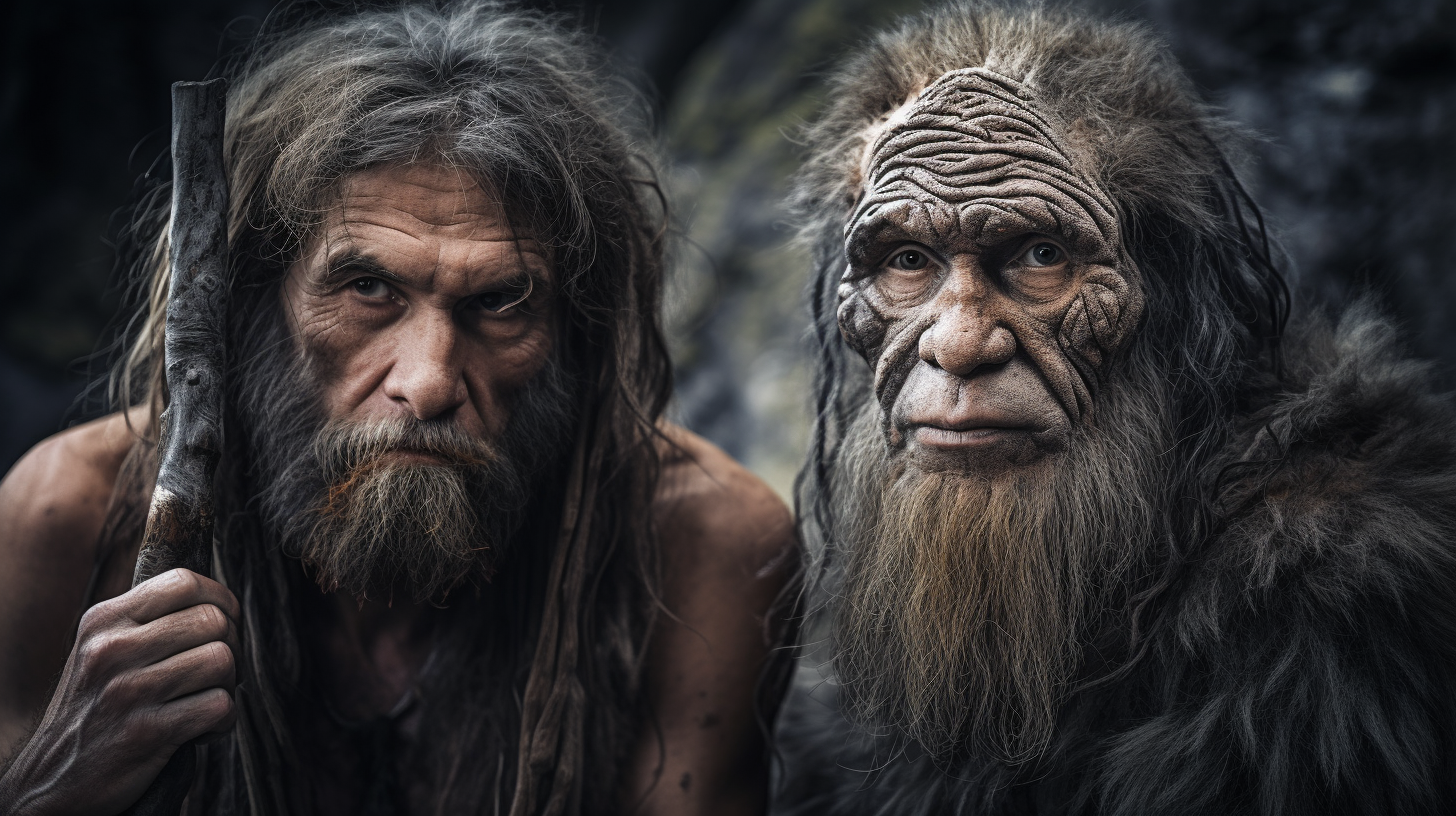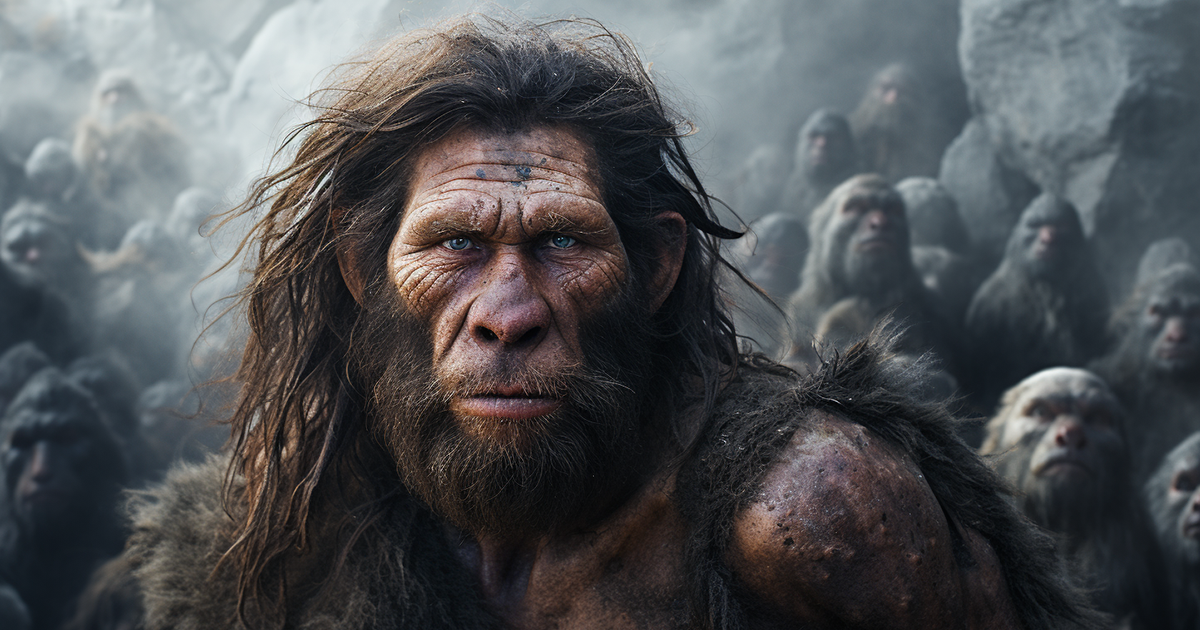In the vast tapestry of human history, one thread stands out as particularly fascinating – the genetic connection between modern humans and Neanderthals. Although they were distinct species, researchers have discovered compelling evidence suggesting that they interbred, resulting in a unique genetic legacy that continues to influence some individuals living today.
The story of this genetic connection is one of intrigue and wonder, shedding light on our shared evolutionary journey and the complexity of our ancestry. Let’s delve into this remarkable discovery and what it means for our understanding of human evolution.
A Journey Through Time
To comprehend this astonishing revelation, we must first travel back in time. Neanderthals, our closest extinct relatives, roamed the Earth for hundreds of thousands of years before their eventual disappearance around 40,000 years ago. Meanwhile, modern humans, Homo sapiens, emerged in Africa and began their own migratory journey, eventually spreading across the globe.
The Genetic Legacy
Thanks to advances in genetic research, scientists have been able to peer into the distant past and uncover the extent of our genetic connection with Neanderthals. The groundbreaking discovery came when researchers identified traces of Neanderthal DNA within the genomes of present-day humans, especially those of non-African descent.

This finding suggests that at some point in the past, our ancestors encountered Neanderthals and, remarkably, engaged in interbreeding. As a result, a small but significant portion of Neanderthal DNA has been passed down through generations and is still present in the genetic makeup of some individuals today.
The Benefits of Genetic Diversity
The interbreeding between modern humans and Neanderthals was not merely a curiosity; it had real consequences for our species. The Neanderthal genes that have persisted in our genetic pool have provided us with certain advantages. These genes have been linked to traits such as immune system responses, skin pigmentation, and adaptations for life in various environments.
In essence, the genetic exchange between our species allowed us to adapt more effectively to the challenges of different regions and climates as our ancestors spread across the globe. This genetic diversity likely played a crucial role in our survival and eventual dominance as a species.
A Shared Heritage
Understanding our genetic connection with Neanderthals is a testament to the intricate tapestry of human evolution. It reminds us that, despite being distinct species, we are all part of a shared story that stretches back hundreds of thousands of years.
This revelation also highlights the importance of preserving the genetic diversity within our species. By recognizing the valuable contributions of our Neanderthal ancestors, we gain a deeper appreciation for the richness of our genetic heritage and the intricate web of life that has led to the development of modern humans.
Conclusion
The story of our genetic connection with Neanderthals is a captivating chapter in the book of human evolution. It reminds us that our history is not a straightforward narrative but a complex tapestry woven together by countless interactions, migrations, and adaptations.
As we continue to unravel the mysteries of our past, we gain a greater appreciation for the interconnectedness of all life on Earth. Our shared genetic heritage with Neanderthals is a testament to the beauty and diversity of our species, and it serves as a constant reminder of the remarkable journey that has brought us to where we are today.

21 thoughts on “The Surprising Connection: Modern Humans and Neanderthals Share Genetic Heritage”
Comments are closed.